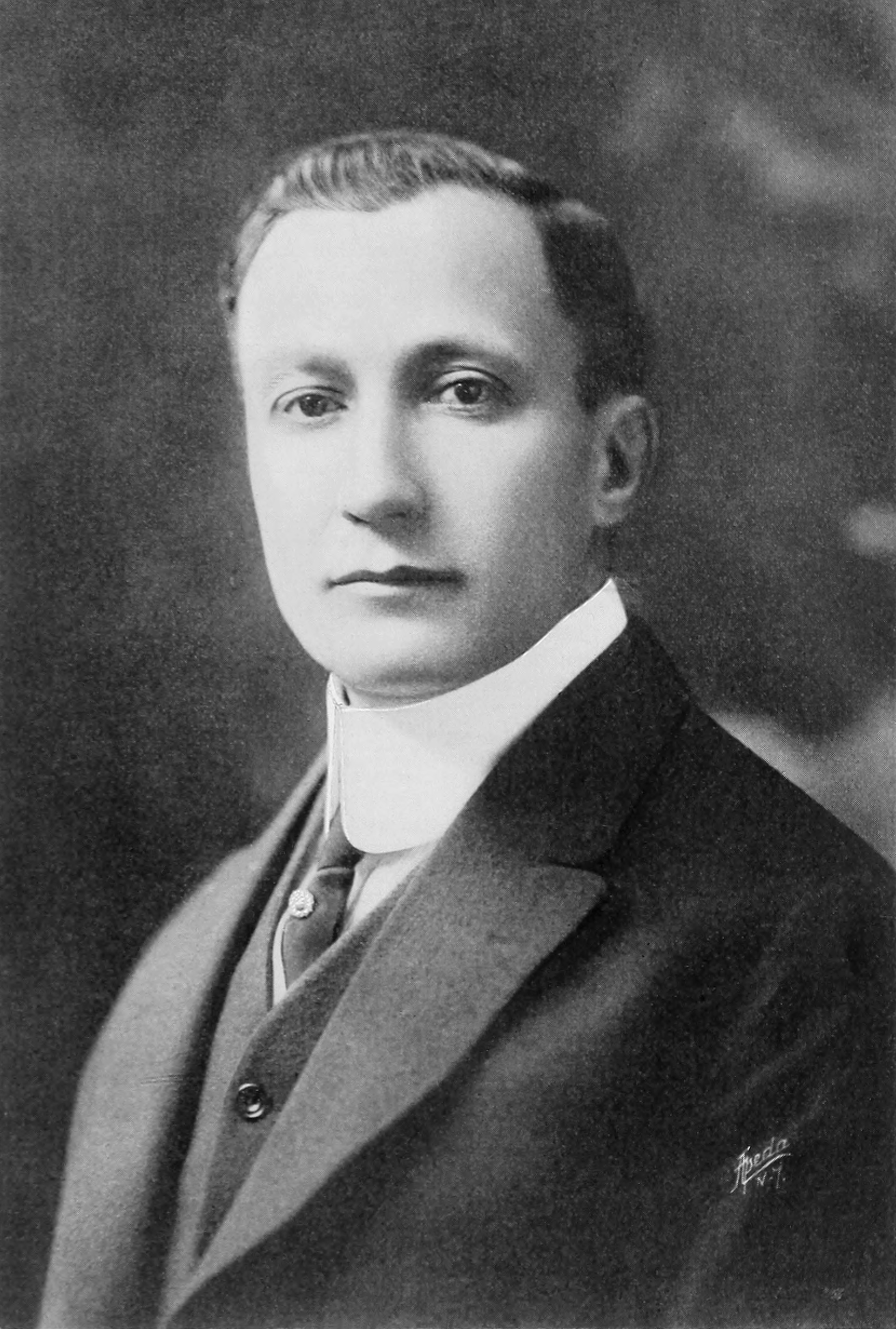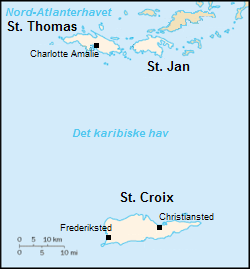|
أ‰douard Placide Duchassaing De Fontbressin
أ‰douard Placide Duchassaing de Fontbressin (c. 1819 in Le Moule, Moule, Guadeloupe – 1873 in Pأ©rigueux) was a French naturalist. He is noted for his work in botany and spongiology. A native of Guadeloupe, he studied zoology, geology and medicine in Paris. Afterwards, he returned to Guadeloupe as a physician, spending his free time conducting research of the island's flora. Subsequently, he visited several other islands of the Antilles, eventually relocating as a physician to Santa Marta, Panama (1848), from where he studied the natural history of the isthmus, sending his plant specimens to Wilhelm Gerhard Walpers, a botanist in Berlin (these specimens later became the property of August Grisebach).JSTOR Global Plants biography Around 1850, he obtained a medical degree at Copenhagen, then settled in Saint Thomas, U.S. Vi ... [...More Info...] [...Related Items...] OR: [Wikipedia] [Google] [Baidu] |
Le Moule
Le Moule (; ) is the sixth-largest Commune in France, commune in the overseas departments of France, French overseas department of Guadeloupe. It is located on the northeast side of the island of Grande-Terre, Guadeloupe, Grande-Terre. History Beginning 1635 with the arrival of the French and during the 17th century, the village was called Portland. The principal part of the city was located on the actual site of Autre Bord, towards the east. During the 18th century, the city became the stronghold for colonial aristocracy and the center moved to the left bank of river Audoin. This was thanks to the development of sugar cane and for a better placement of the port on the Atlantic Ocean. A lot of important construction took place to protect and improve the city, one of which was a Breakwater (structure), breakwater ("mole" in French) that gave the city its new name, Le Moule, that became Guadeloupe's main commercial port. On September 20, 1828, Le Moule received rights to export its ... [...More Info...] [...Related Items...] OR: [Wikipedia] [Google] [Baidu] |
Copenhagen
Copenhagen ( ) is the capital and most populous city of Denmark, with a population of 1.4 million in the Urban area of Copenhagen, urban area. The city is situated on the islands of Zealand and Amager, separated from Malmأ¶, Sweden, by the أکresund strait. The أکresund Bridge connects the two cities by rail and road. Originally a Vikings, Viking fishing village established in the 10th century in the vicinity of what is now Gammel Strand, Copenhagen became the capital of Denmark in the early 15th century. During the 16th century, the city served as the ''de facto'' capital of the Kalmar Union and the seat of the Union's monarchy, which governed most of the modern-day Nordic countries, Nordic region as part of a Danish confederation with Sweden and Norway. The city flourished as the cultural and economic centre of Scandinavia during the Renaissance. By the 17th century, it had become a regional centre of power, serving as the heart of the Danish government and Military history ... [...More Info...] [...Related Items...] OR: [Wikipedia] [Google] [Baidu] |
French Naturalists
French may refer to: * Something of, from, or related to France ** French language, which originated in France ** French people, a nation and ethnic group ** French cuisine, cooking traditions and practices Arts and media * The French (band), a British rock band * French (episode), "French" (episode), a live-action episode of ''The Super Mario Bros. Super Show!'' * Franأ§aise (film), ''Franأ§aise'' (film), a 2008 film * French Stewart (born 1964), American actor Other uses * French (surname), a surname (including a list of people with the name) * French (tunic), a type of military jacket or tunic * French's, an American brand of mustard condiment * French (catheter scale), a unit of measurement * French Defence, a chess opening * French kiss, a type of kiss See also * France (other) * Franch, a surname * French Revolution (other) * French River (other), several rivers and other places * Frenching (other) * Justice French (other) ... [...More Info...] [...Related Items...] OR: [Wikipedia] [Google] [Baidu] |
People From Le Moule
The term "the people" refers to the public or common mass of people of a polity. As such it is a concept of human rights law, international law as well as constitutional law, particularly used for claims of popular sovereignty. In contrast, a people is any plurality of persons considered as a whole. Used in politics and law, the term "a people" refers to the collective or community of an ethnic group or nation. Concepts Legal Chapter One, Article One of the Charter of the United Nations states that "peoples" have the right to self-determination. Though the mere status as peoples and the right to self-determination, as for example in the case of Indigenous peoples (''peoples'', as in all groups of indigenous people, not merely all indigenous persons as in ''indigenous people''), does not automatically provide for independent sovereignty and therefore secession. Indeed, judge Ivor Jennings identified the inherent problems in the right of "peoples" to self-determination, as i ... [...More Info...] [...Related Items...] OR: [Wikipedia] [Google] [Baidu] |
1873 Deaths
Events January * January 1 ** Japan adopts the Gregorian calendar. ** The California Penal Code goes into effect. * January 17 – American Indian Wars: Modoc War: First Battle of the Stronghold – Modoc Indians defeat the United States Army. February * February 11 – The Spanish Cortes deposes King Amadeus I, and proclaims the First Spanish Republic. * February 12 ** Emilio Castelar, the former foreign minister, becomes prime minister of the new Spanish Republic. ** The Coinage Act of 1873 in the United States is signed into law by President Ulysses S. Grant. Coming into effect on April 1, it ends bimetallism in the U.S., and places the country on the gold standard. * February 20 ** The University of California opens its first medical school in San Francisco. ** British naval officer John Moresby discovers the site of Port Moresby in Papua New Guinea, and claims the land for Britain. March * March 3 – Censorship: The United States Congress ... [...More Info...] [...Related Items...] OR: [Wikipedia] [Google] [Baidu] |
1810s Births
Year 181 ( CLXXXI) was a common year starting on Sunday of the Julian calendar. At the time, it was known as the Year of the Consulship of Aurelius and Burrus (or, less frequently, year 934 ''Ab urbe condita''). The denomination 181 for this year has been used since the early medieval period, when the Anno Domini calendar era became the prevalent method in Europe for naming years. Events By place Roman Empire * Imperator Lucius Aurelius Commodus and Lucius Antistius Burrus become Roman Consuls. * The Antonine Wall is overrun by the Picts in Britannia (approximate date). Oceania * The volcano associated with Lake Taupإچ in New Zealand erupts, one of the largest on Earth in the last 5,000 years. The effects of this eruption are seen as far away as Rome and China. Births * April 2 – Xian of Han, Chinese emperor (d. 234) * Zhuge Liang, Chinese chancellor and regent (d. 234) Deaths * Aelius Aristides, Greek orator and writer (b. 117) * Cao Jie, Chinese ... [...More Info...] [...Related Items...] OR: [Wikipedia] [Google] [Baidu] |
Fabaceae
Fabaceae () or Leguminosae,International Code of Nomenclature for algae, fungi, and plants. Article 18.5 states: "The following names, of long usage, are treated as validly published: ....Leguminosae (nom. alt.: Fabaceae; type: Faba Mill. Vicia L.; ... When the Papilionaceae are regarded as a family distinct from the remainder of the Leguminosae, the name Papilionaceae is conserved against Leguminosae." English pronunciations are as follows: , and . commonly known as the legume, pea, or bean family, is a large and agriculturally important family of |
Erythrina
''Erythrina'' is a genus of plants in the pea family, Fabaceae. It contains about 130 species, which are distributed in tropical and subtropical regions worldwide. They are trees, with the larger species growing up to in height. These species are known for their large flowers with long and bright red or orange petals. Taxonomy The generic name is derived from the Greek word , meaning "red", referring to the flower color of certain species. Common names Particularly in horticulture, the name coral tree is used as a collective term for these plants. Flame tree is another vernacular name, but may refer to a number of unrelated plants as well. Many species of ''Erythrina'' have bright red flowers, and this may be the origin of the common name. However, the growth of the branches can resemble the shape of sea coral rather than the color of '' Corallium rubrum'' specifically, and this is an alternative source for the name. Other popular names, usually local and particular to ... [...More Info...] [...Related Items...] OR: [Wikipedia] [Google] [Baidu] |
Pأ©rigord
Pأ©rigord ( , ; ; or ) is a natural region and former province of France, which corresponds roughly to the current Dordogne department, now forming the northern part of the administrative region of Nouvelle-Aquitaine. It is divided into four areas called the Pأ©rigord Noir (Black), named so for the truffles that can be found there, the Pأ©rigord Blanc (White), for chalk cliffs and quarries, the Pأ©rigord Vert (Green), for forests and forestry and the Pأ©rigord Pourpre (Purple), for wine and viticulture. The geography and natural resources of Pأ©rigord make it a region rich in history and wildlife, and the newly created Parc Naturel Rأ©gional Pأ©rigord-Limousin aims to conserve it as such. Pأ©rigord is noted for its cuisine, especially its duck and goose products, such as '' confit de canard'' and ''foie gras''. It is known as a centre for truffles in France. Pأ©rigourdine wines include Bergerac (red and white) and Monbazillac. History There are Roman ruins in Pأ©rig ... [...More Info...] [...Related Items...] OR: [Wikipedia] [Google] [Baidu] |
Coral
Corals are colonial marine invertebrates within the subphylum Anthozoa of the phylum Cnidaria. They typically form compact Colony (biology), colonies of many identical individual polyp (zoology), polyps. Coral species include the important Coral reef, reef builders that inhabit tropical oceans and secrete calcium carbonate to form a hard skeleton. A coral "group" is a colony of very many cloning, genetically identical polyps. Each polyp is a sac-like animal typically only a few millimeters in diameter and a few centimeters in height. A set of tentacles surround a central mouth opening. Each polyp excretes an exoskeleton near the base. Over many generations, the colony thus creates a skeleton characteristic of the species which can measure up to several meters in size. Individual colonies grow by asexual reproduction of polyps. Corals also breed sexually by spawning: polyps of the same species release gametes simultaneously overnight, often around a full moon. Fertilized eggs form ... [...More Info...] [...Related Items...] OR: [Wikipedia] [Google] [Baidu] |
Danish West Indies
The Danish West Indies () or Danish Virgin Islands () or Danish Antilles were a Danish colony in the Caribbean, consisting of the islands of Saint Thomas with , Saint John () with , Saint Croix with , and Water Island. The islands of St Thomas, St John, and St Croix were purchased by United States in 1917 and became known as the United States Virgin Islands. Water Island was sold in 1905 to the Danish East Asiatic Company and bought by the U.S. Government in 1944. In 1996, it also became part of the U.S. Virgin Islands. Historical overview Acquisition The Danish West India-Guinea Company annexed uninhabited St. Thomas in 1672. It annexed St. John in 1718 and bought St. Croix from France (King Louis XV) on 28 June 1733. When the Danish West India-Guinea Company went bankrupt in 1754, King Frederik V of Denmark–Norway assumed direct control of the three islands. Although, during the Napoleonic Wars, Britain twice occupied the Danish West Indies, first in 1801†... [...More Info...] [...Related Items...] OR: [Wikipedia] [Google] [Baidu] |




